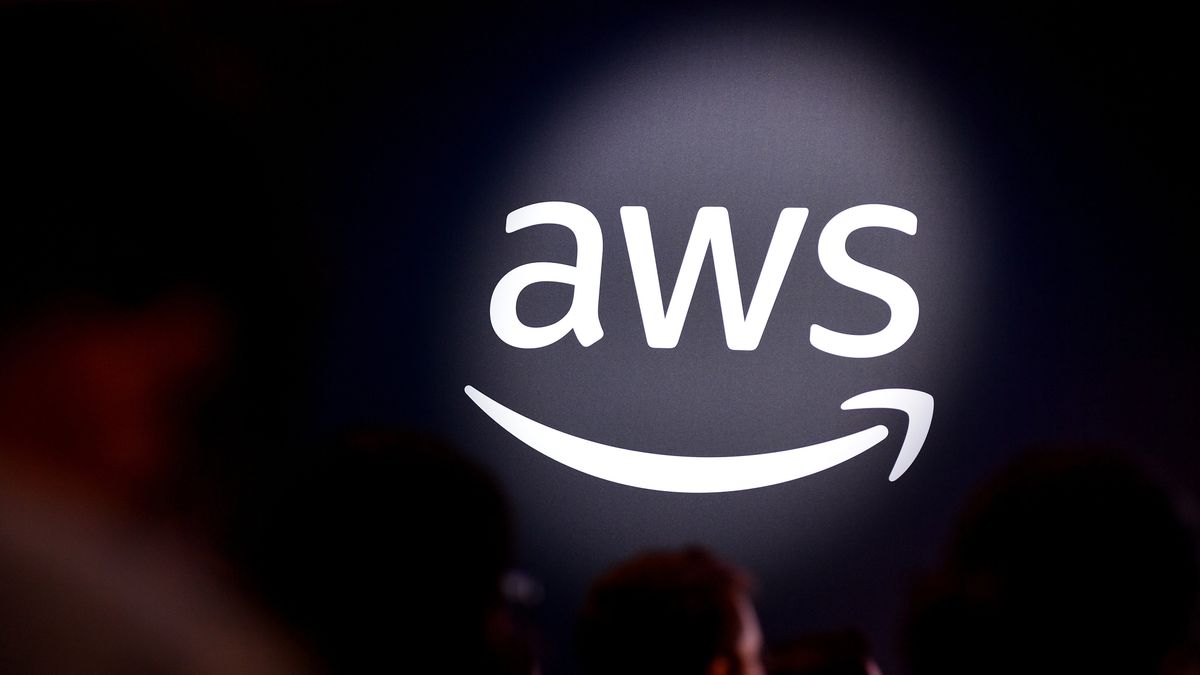“Bare metal” and “cloud computing” aren’t terms that often appear in the same sentence. After all, part of the core value proposition of the cloud is that it eliminates the need for organizations to acquire and manage their own bare-metal physical servers. In the cloud, everything — or almost everything — has traditionally run on virtual machines.
But that might change. Recent tech trends suggest that bare metal is poised to play an increasingly important role in cloud computing. Bare-metal clouds may evolve from a niche solution to a mainstream approach to cloud computing.
Here’s a look at several trends that are likely to make bare-metal clouds more important going forward.
AI/ML Workloads and Bare-Metal Clouds
Probably the most obvious trend that will likely drive increased interest in bare metal in cloud computing is artificial intelligence/machine learning (AI/ML).
Although there’s nothing stopping you from running AI/ML apps on virtual machines, bare-metal servers tend to deliver better performance when training AI/ML models. That makes bare-metal clouds compelling to businesses that want to operate complex AI/ML apps or services.
On balance, it’s worth noting that not every organization that wants to take advantage of AI/ML will be training its own models. As I’ve argued previously, I suspect that a lot of businesses will turn to AI-as-a-service solutions, which allow them to outsource AI model development and training to other companies. Those businesses won’t need bare-metal servers to power AI workloads.
But for companies that choose to develop their own AI apps, bare-metal clouds will be attractive.
The Need for Control over Cloud Infrastructure
A lack of control over cloud infrastructure is one of the cloud’s chief downsides. When you run workloads on cloud-based VMs, you can’t access logs or metrics from the underlying physical infrastructure, which limits your visibility into your environment. Nor can you control how the physical servers are configured.
One way to respond to this challenge is to repatriate your workloads back on-prem, where you have full control. But a simpler solution is to migrate cloud-based workloads to bare-metal servers in the cloud. There, businesses have more control over and visibility into their infrastructure, but they don’t have to deal with the cost and expense of repatriating workloads back on-prem.
High Workload Performance Goals
The standards for workload performance have changed dramatically over the past decade. Ten years ago, keeping your apps up most of the time, and ensuring that they responded within several seconds, was good enough. But today, users expect uptime of 99.9% or better, and sub-second response rates.
Bare-metal cloud infrastructure is important in this context because bare-metal servers are better equipped to deliver ultra-high workload performance. The main reason why is that bare-metal clouds don’t suffer from the “noisy neighbor” problem, which occurs when multiple workloads running on a shared server compete for resources. If you have a dedicated bare-metal server in the cloud, you don’t have to worry as much about workload slowdowns or failures due to resource hogging by your neighbors.
The Need for Rigid Cybersecurity
Improving cybersecurity remains a priority for businesses of all types. And although running workloads on bare-metal clouds doesn’t automatically guarantee you won’t be attacked, bare-metal servers do offer some security benefits.
The biggest is that they reduce your attack surface by removing some components of your hosting stack — namely, the hypervisor layer. As a result, there’s less for attackers to target.
Thus, as businesses look for ways to tighten cybersecurity further, bare-metal clouds may grow in popularity.
Incident Response and Troubleshooting Challenges
In a similar fashion, bare-metal clouds can help companies improve their ability to troubleshoot workload performance problems.
With bare metal, you have fewer components in the mix because, again, there is no hypervisor. This means that if something goes wrong — if an app crashes or becomes slow to respond, for example — identifying the root cause of the issue is easier if the workload runs on bare metal.
This isn’t to say that bare-metal clouds radically simplify workload monitoring and observability — they don’t — but they do make those tasks just a bit easier.
Conclusion
Traditional, VM-centric cloud environments aren’t going away. But over the next several years, I’d wager that we’ll see increased interest in bare-metal cloud infrastructure, which offers key advantages for addressing some of the most pressing challenges in IT today.
About the author
Christopher Tozzi is a technology analyst with subject matter expertise in cloud computing, application development, open source software, virtualization, containers and more. He also lectures at a major university in the Albany, New York, area. His book, “For Fun and Profit: A History of the Free and Open Source Software Revolution,” was published by MIT Press.










